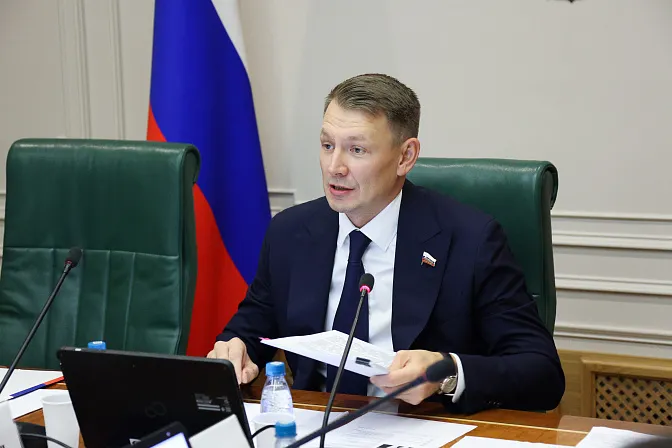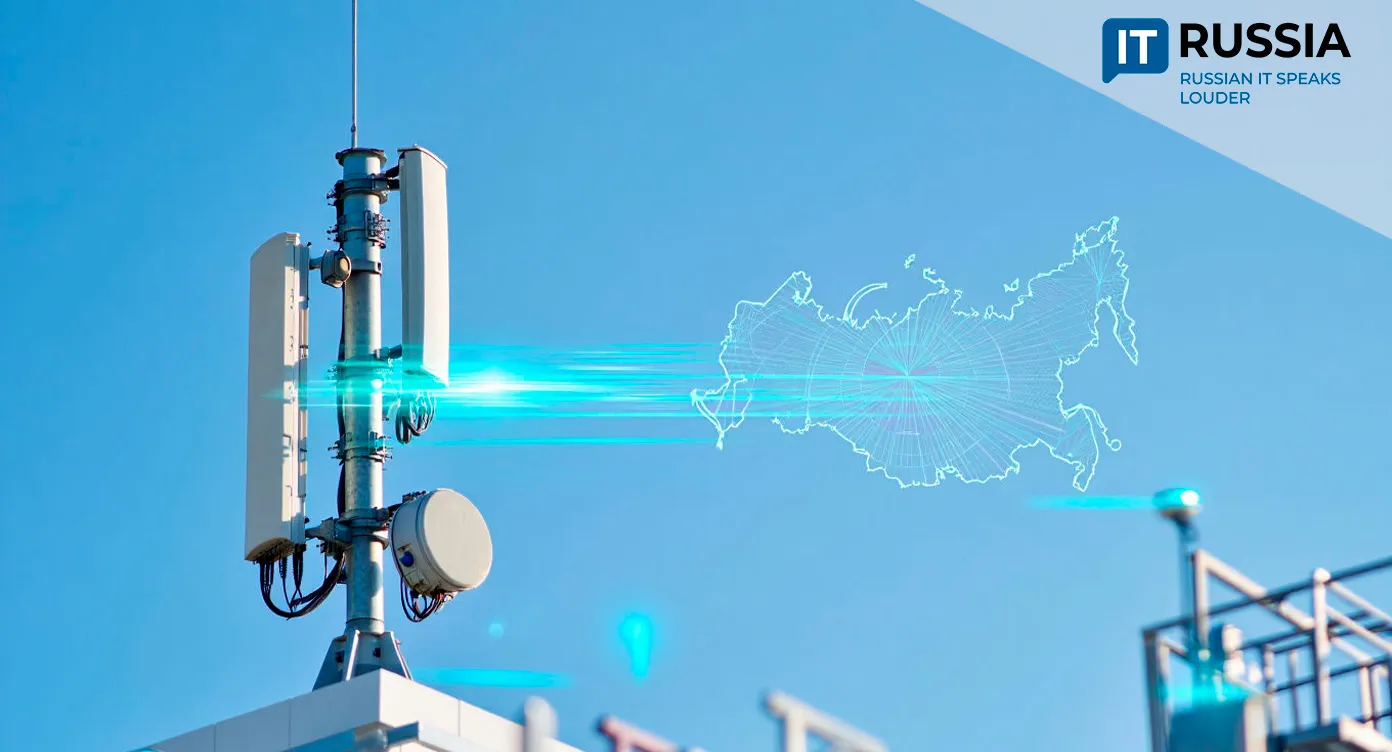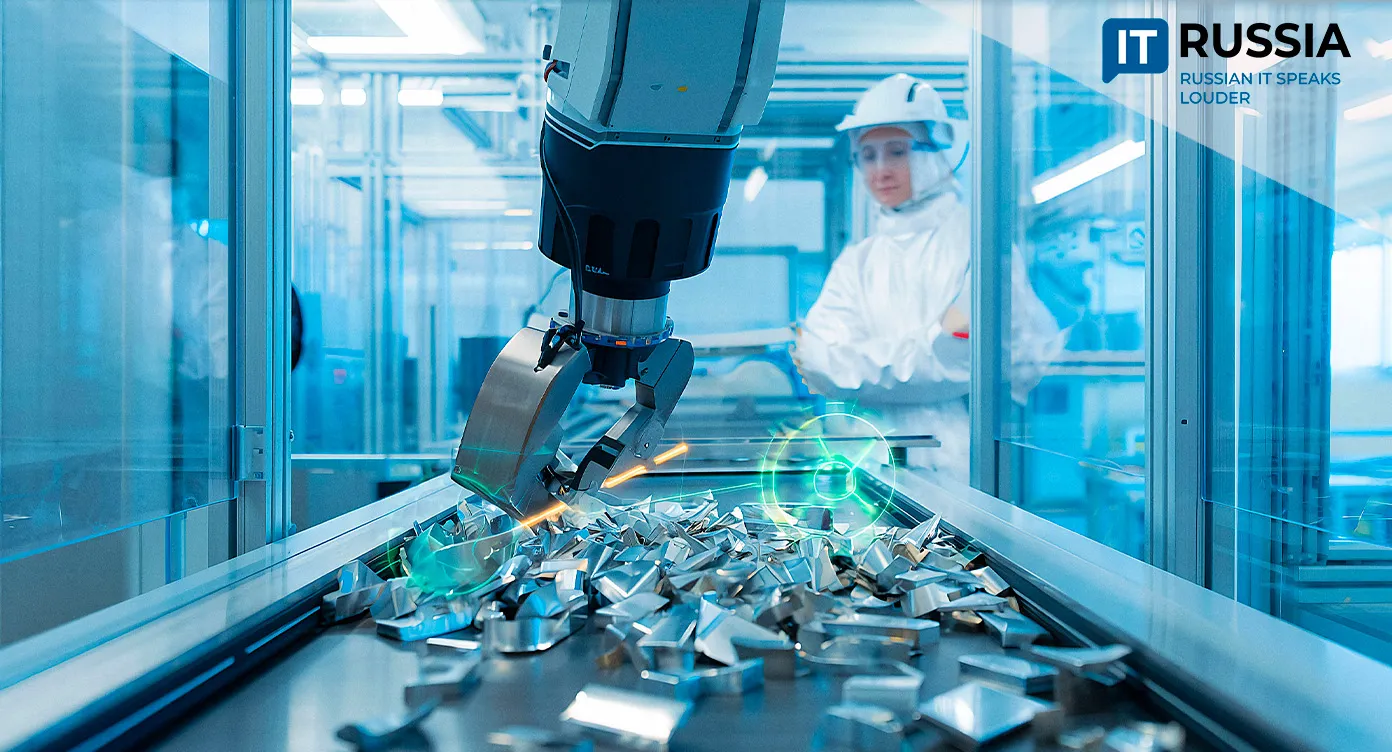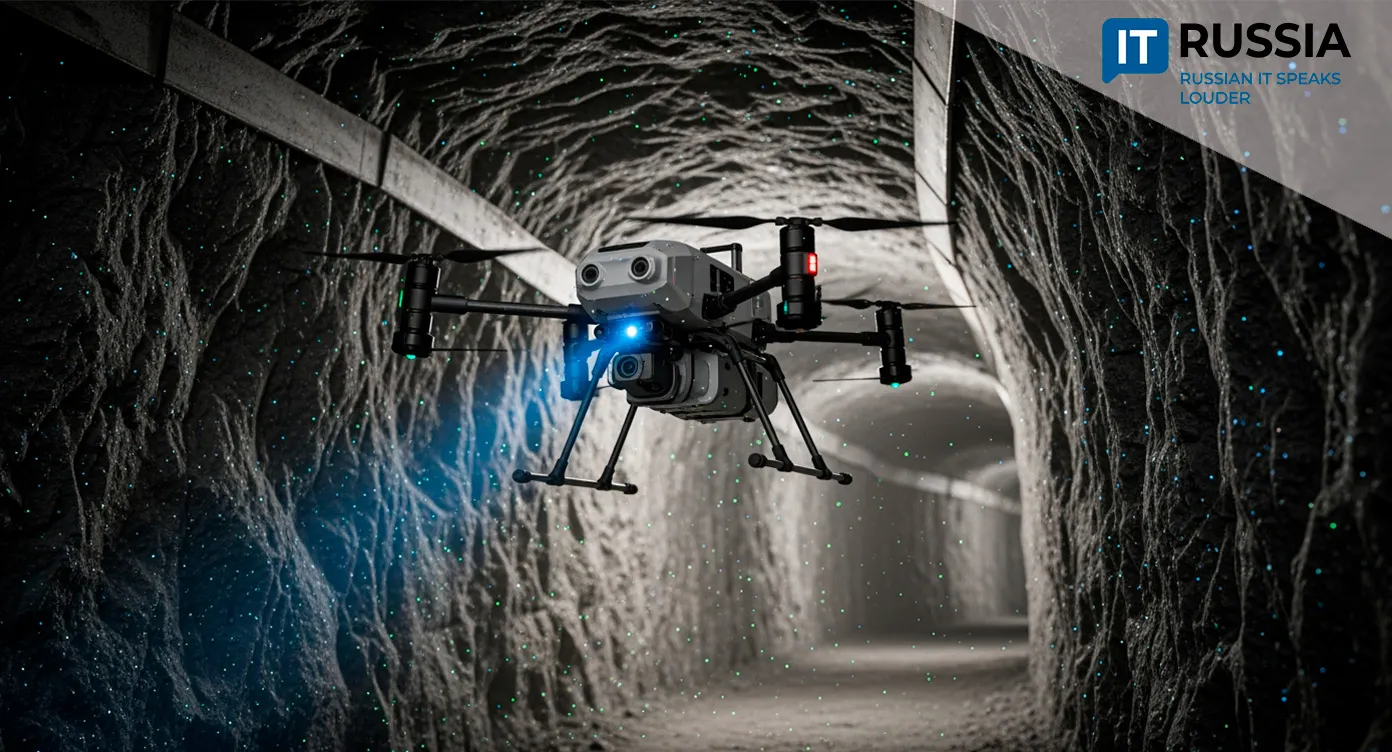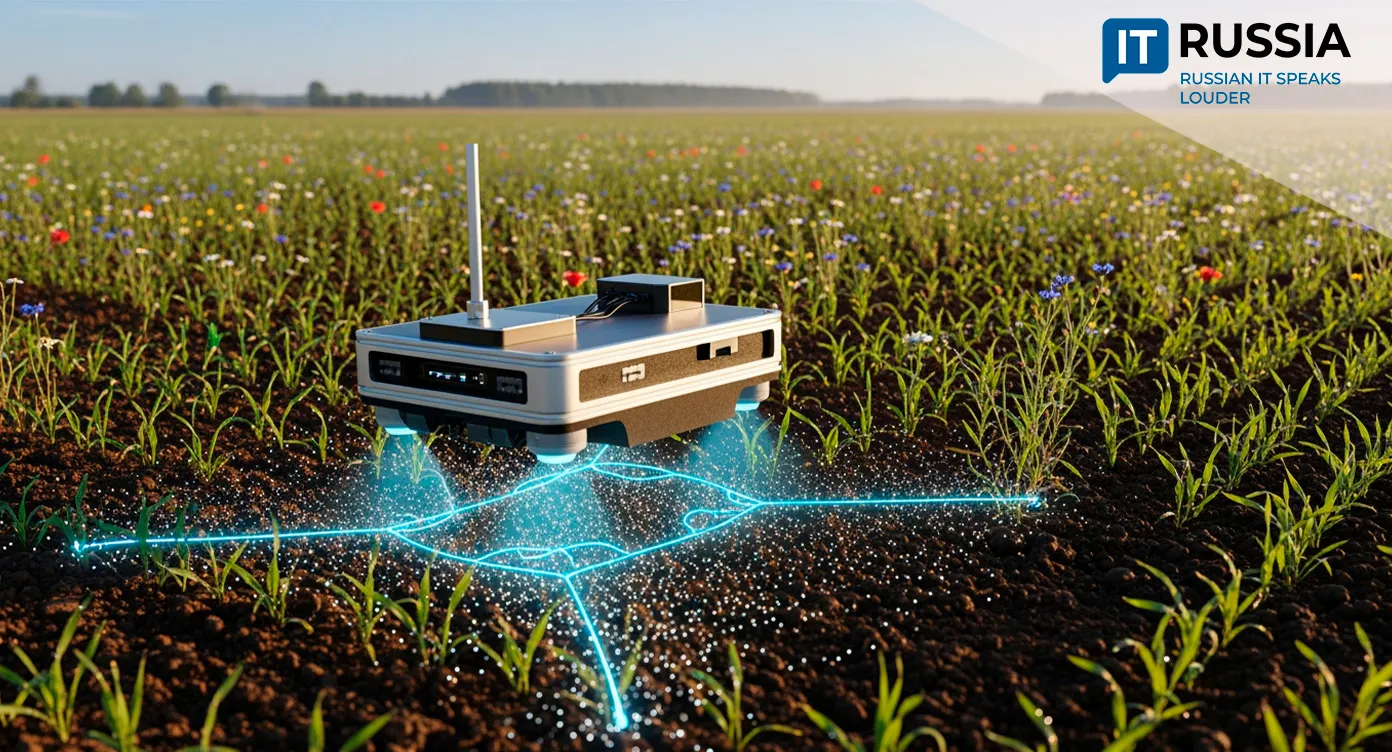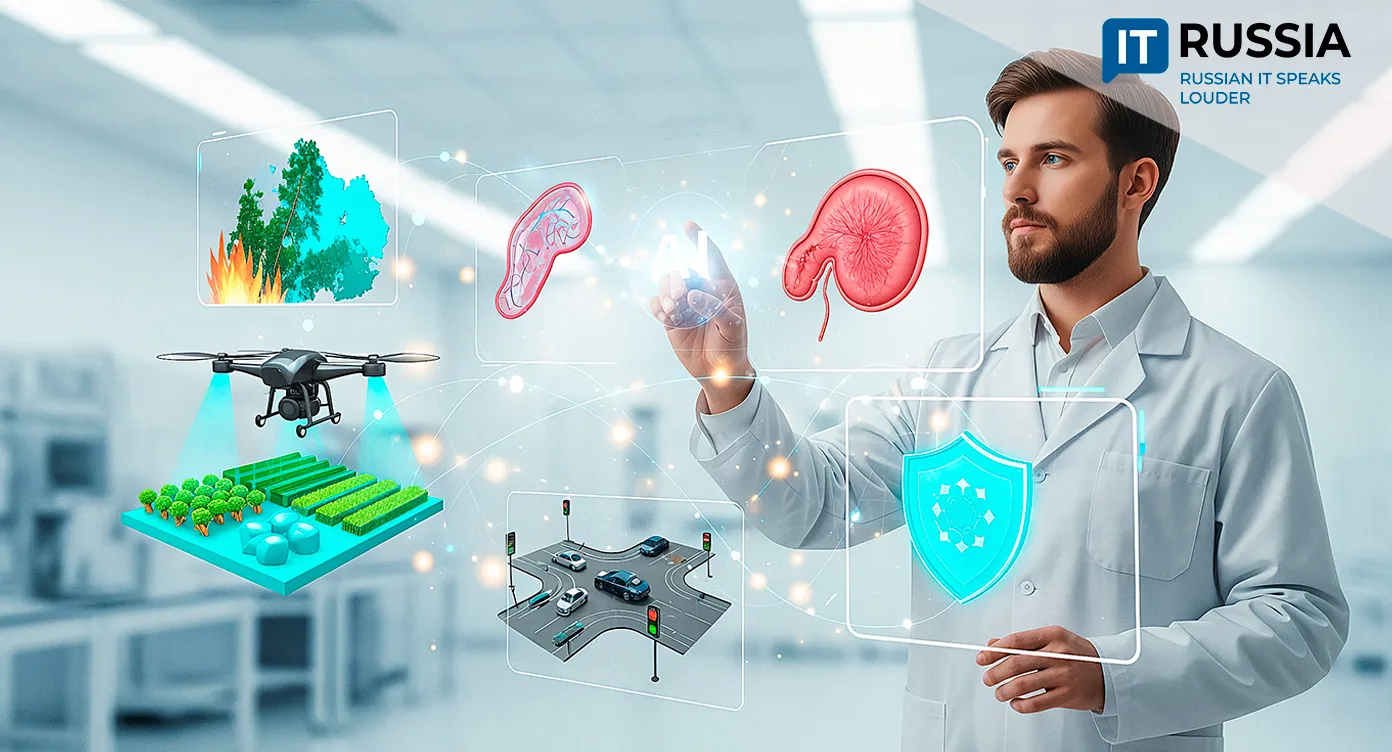Russian Agrorobots Reduce Crop Losses by 10%
Russia is rapidly deploying robotics and AI‑driven machinery across its agricultural sector, boosting productivity and reducing losses while building export‑ready technologies.
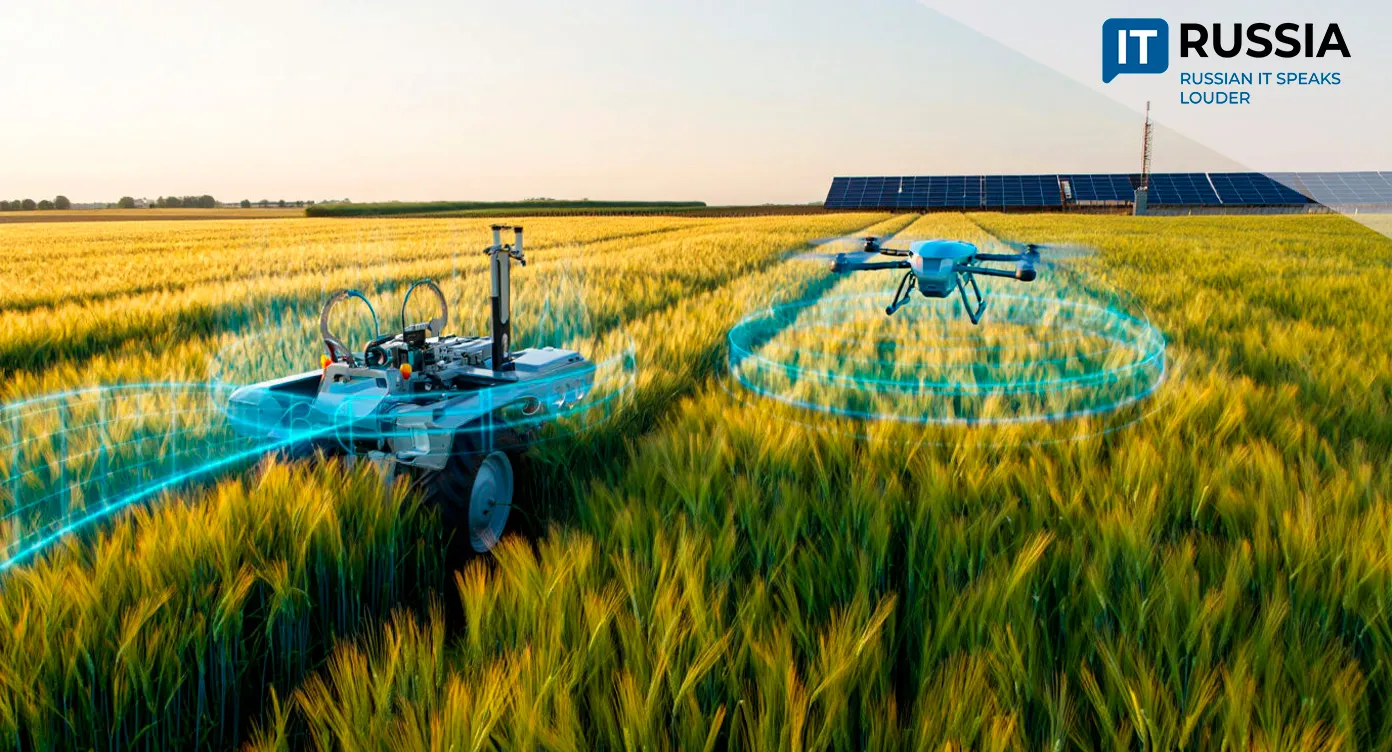
One Robot Instead of Four Workers
At a meeting of the Federation Council, Alexander Dvoinykh, head of the Committee on Agrarian Policy and Environmental Management, emphasized how quickly digital and robotic systems are spreading across Russian agriculture. Today, automated machinery is performing nearly every field task—from tilling and weeding to crop monitoring and seeding support.
These projects are being implemented nationwide, which is why Russia currently demonstrates the fastest labor‑productivity growth rates in agriculture. Over the past decade, productivity has increased by 55%.
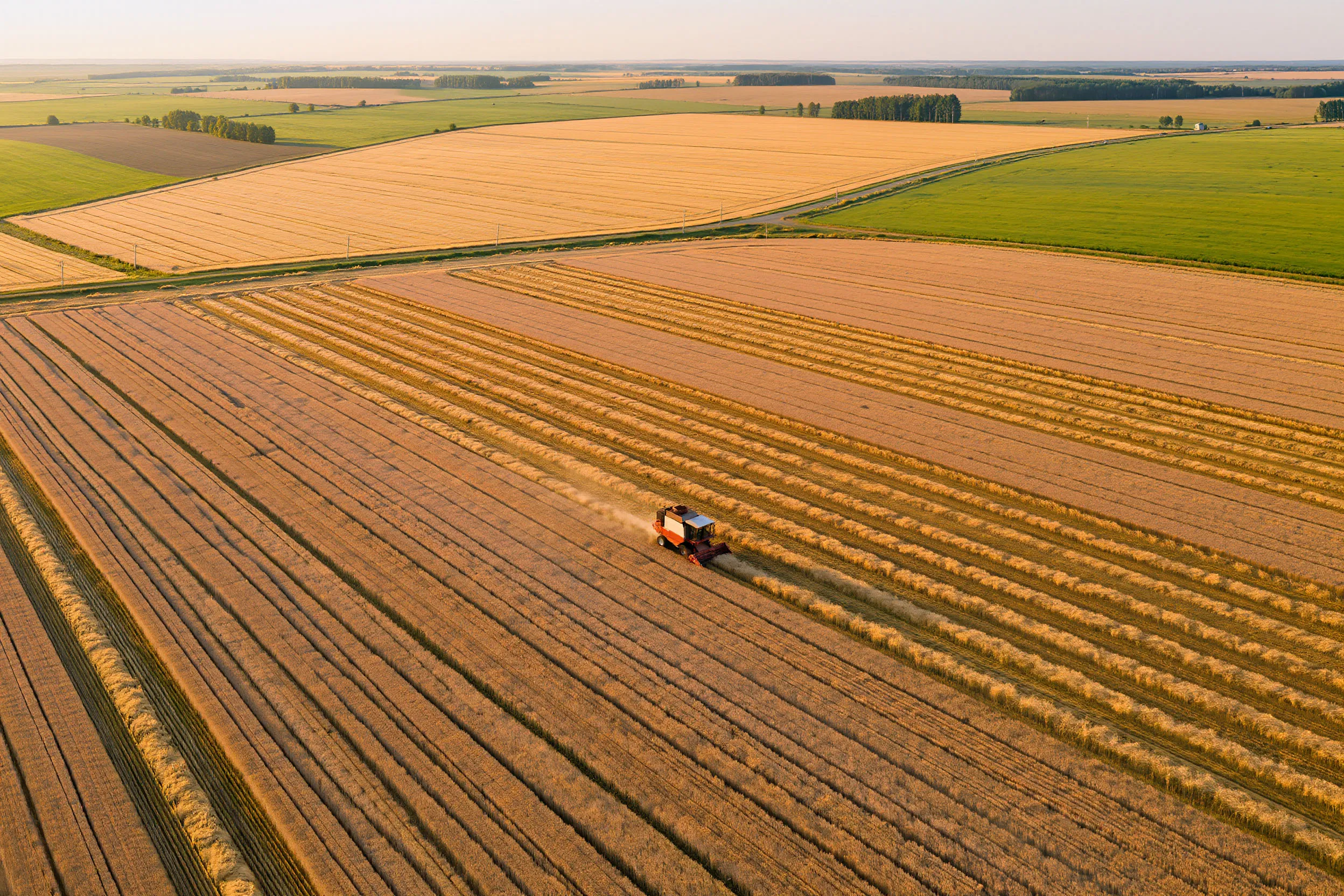
Anton Yemelyanov, CEO of the robotics developer Cognitive, explained that Russia is entering a new technological wave—transitioning from mechanization to full robotization. Autonomous equipment, he noted, is the key to unlocking higher efficiency. On average, one robot now replaces four specialists.
“In ten years, robots will become ordinary farmers, while humans will act as architects of the digital agricultural world,” Yemelyanov said.
Economics of the Digital Agro‑Sector
Robotic systems and autonomous machinery significantly improve economic performance across farms. According to Dvoinykh, autopilot technologies reduce harvesting time by up to 25%, cut crop losses by more than 10%, lower fuel consumption by up to 5%, and increase operator productivity by around 20%.
Farmer Roman Talipov, who manages 4,000 hectares of arable land, explained that such efficiency was unimaginable just a few years ago. Previously, the farm required 250 workers; now it needs only 15 thanks to digital equipment.
He stressed that robotic technologies should become the industry standard. Dvoinykh added that targeted subsidies are needed to help farmers scale the adoption of smart systems.
“We understand that slogans alone are not enough. We must incentivize market participants and provide support measures,” he said.
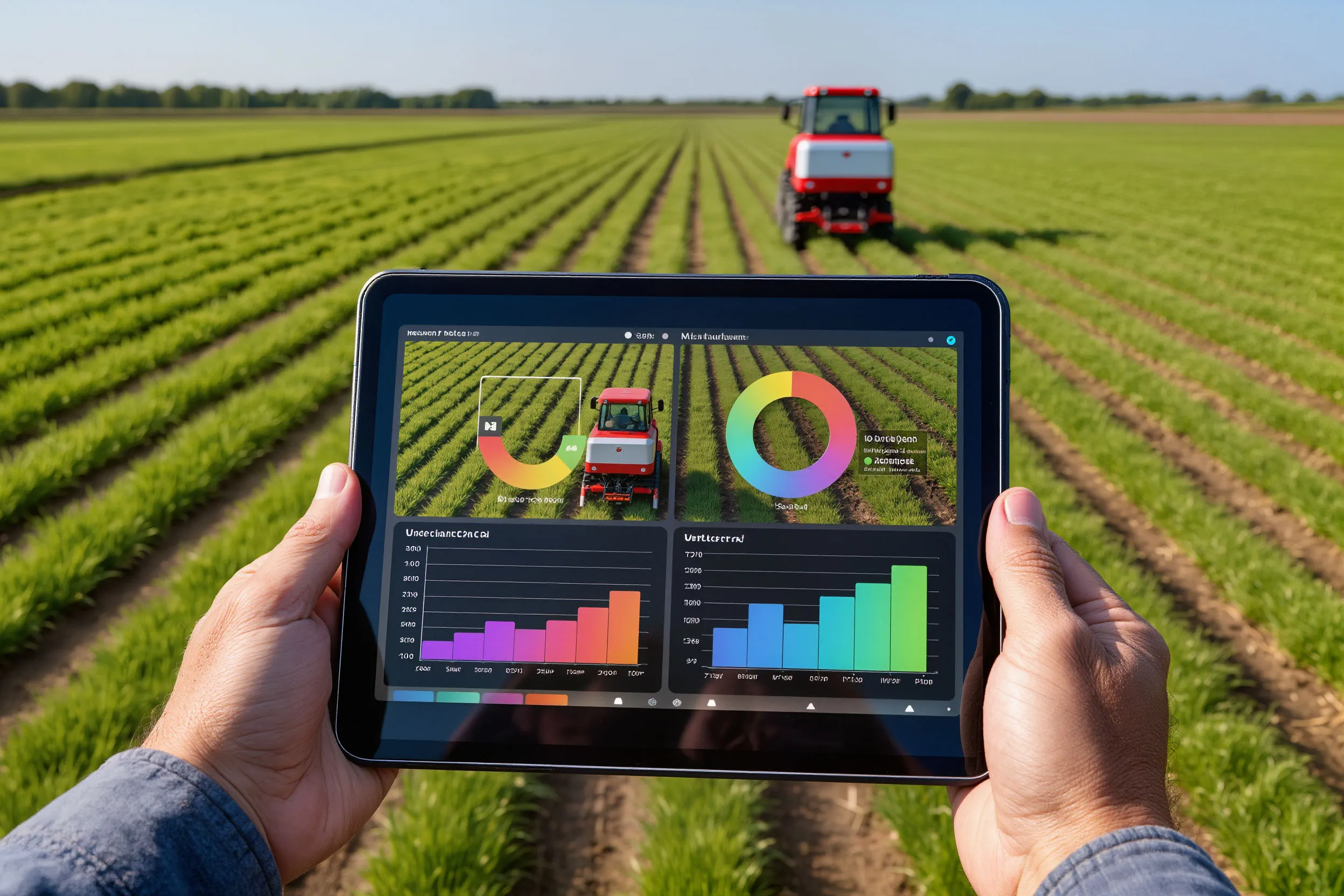
Priorities for Agricultural Development
Senators outlined the sector’s main priorities for the coming years: expanding farmland, including remote territories; integrating at least 32 million acres (13 million hectares) into agricultural turnover; improving monitoring of soil, crops, and livestock; and increasing overall profitability by cutting costs. None of these goals are possible without digital tools.
As of July 2025, Russian Agriculture Minister Oksana Luth stated that about 40% of Russian agricultural enterprises already use digital solutions and AI. The target is to reach at least 60% adoption in the medium term.
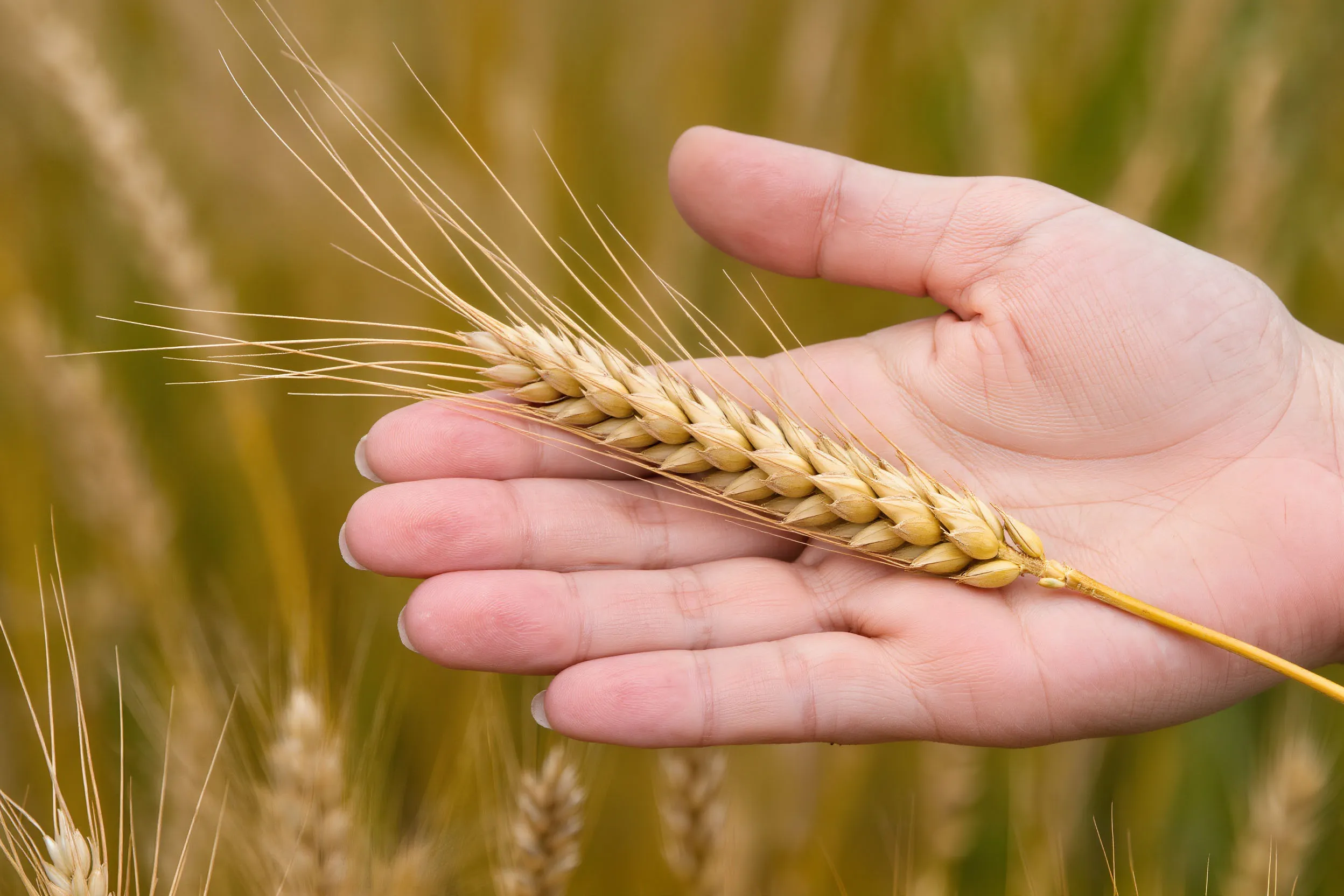
Export Potential of Russian Agrotech
Large‑scale adoption of robotics and unmanned technologies will significantly increase yields and shorten harvesting cycles nationwide. With less dependence on foreign technologies, production costs will decline, and competitiveness will grow. For consumers, this translates into more stable prices and better product quality.
Russia is already one of the world’s largest agricultural exporters. Strengthening domestic technological capabilities will further cement its global position. Meanwhile, Russian digital and robotic solutions—now entering foreign markets—could gain a foothold in the CIS, Middle East, and Africa, where manual labor remains widespread and demand for automation is rising.


